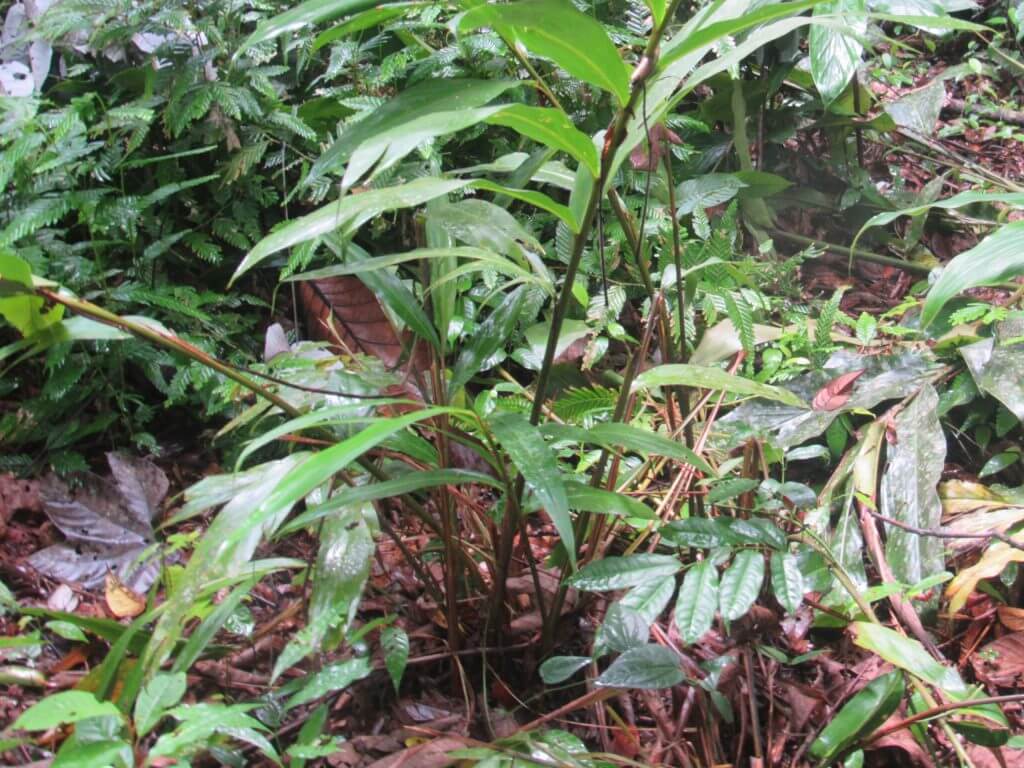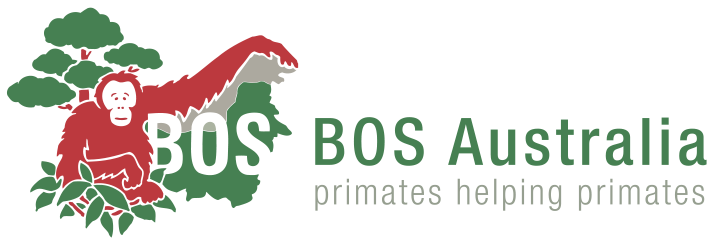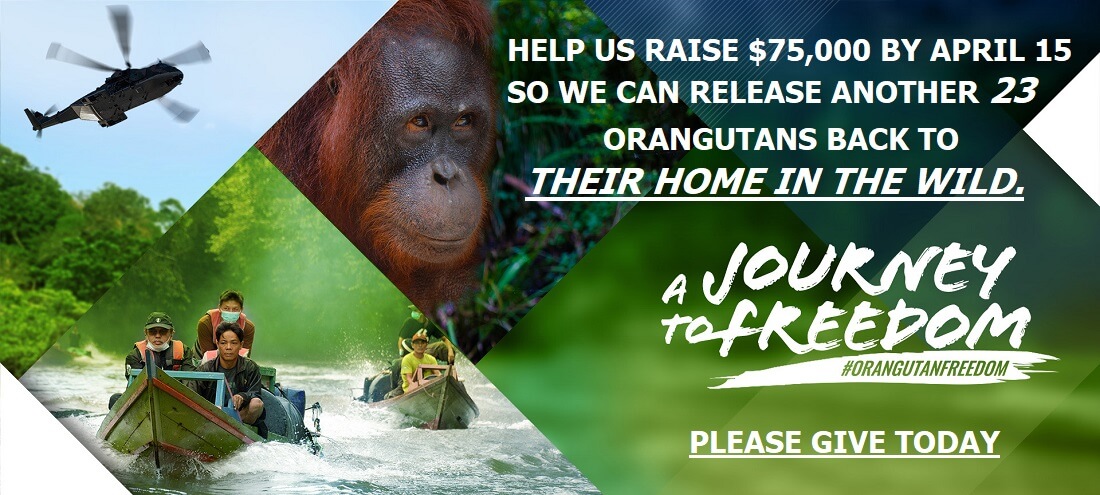Feast Like An Orangutan!
The Kehje Sewen Forest, our release site in East Kalimantan, is a secondary forest rich in natural resources, including many different foods for our released orangutans. Their typical diet includes a variety of fruits and leaves, insects like termites, and the shoots or tubers of specific plants. During the dry season, when fruits are hard to come by, the most common menu alternatives for orangutans are piths and leaves. They particularly love the piths of Etlingera sp., a type of ginger, and Calamus sp., a type of rattan.
Our Post-Release Monitoring (PRM) team is comprised primarily of technicians that hail from local Dayak villages, many of them grew up eating specific rattan shoots as a part of their diet. Orangutans, however, have a much more varied diet, eating countless different species of rattan, many of which humans rarely try.
With the knowledge that humans and orangutans have so much in common, and driven by curiosity, our PRM team recently decided to taste-test some of the rattan shoots orangutans love so much.
The shared, opinion: “It may not be the tastiest option, but it is good enough to hold off hunger.” Mainly responsible for this cautious assessment is the fact that many rattan shoots consumed by orangutans are quite bitter. You can eat them raw, but the bitterness can be reduced through grilling, frying, or boiling.
Actually, most types of rattan are edible, albeit with different levels of bitterness. Calamus sp. is the least bitter among the rattan shoots that are more commonly consumed.
These new insights are quite useful for our technicians. Being able to identify edible, natural food sources in the forest is an important skill while on patrol or expeditions. Especially when there is a need for extra food. Thanks to the orangutans in Kehje Sewen Forest, our teams’ diet became a little richer.









